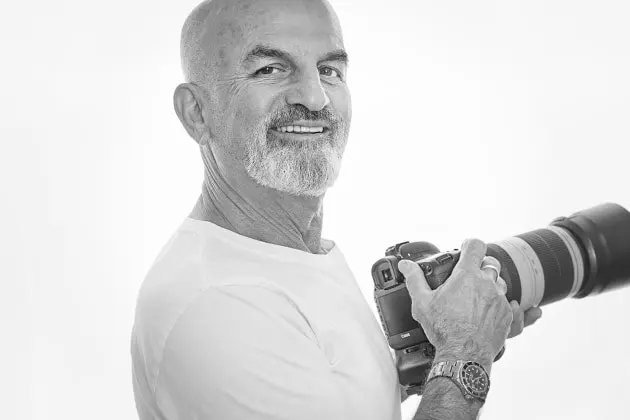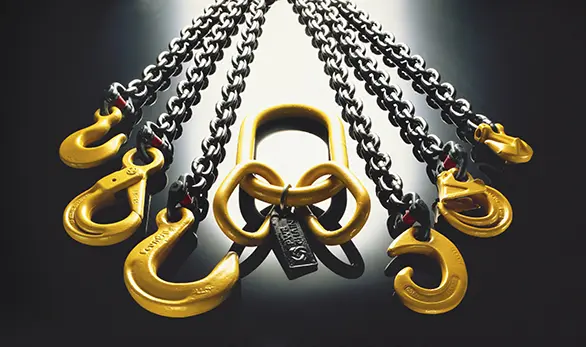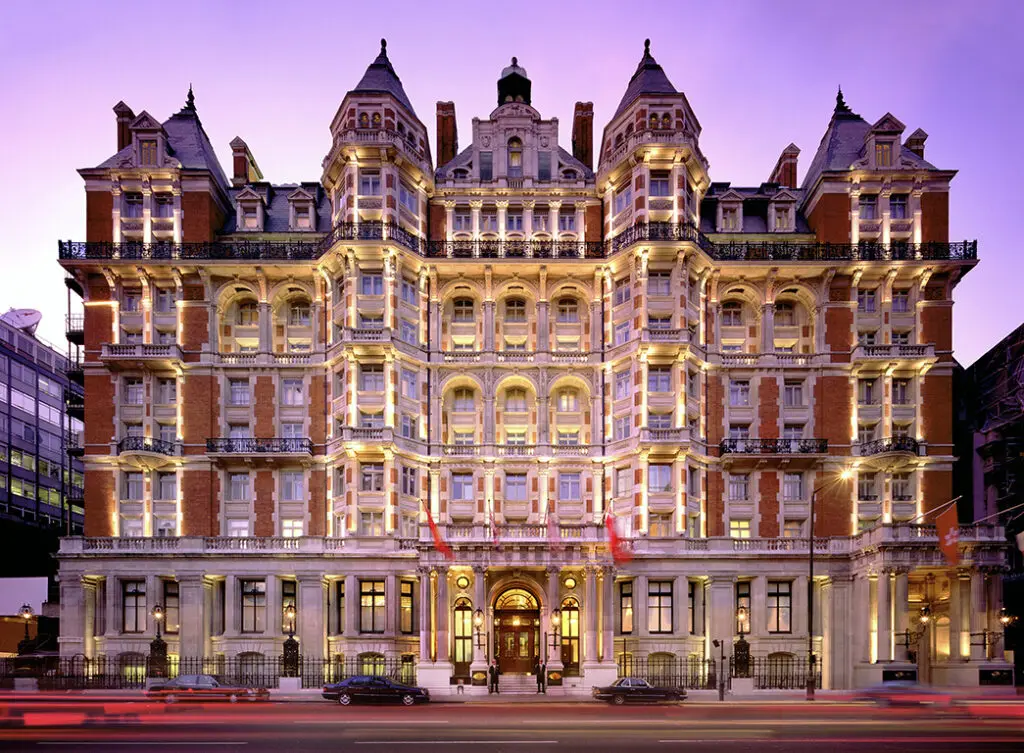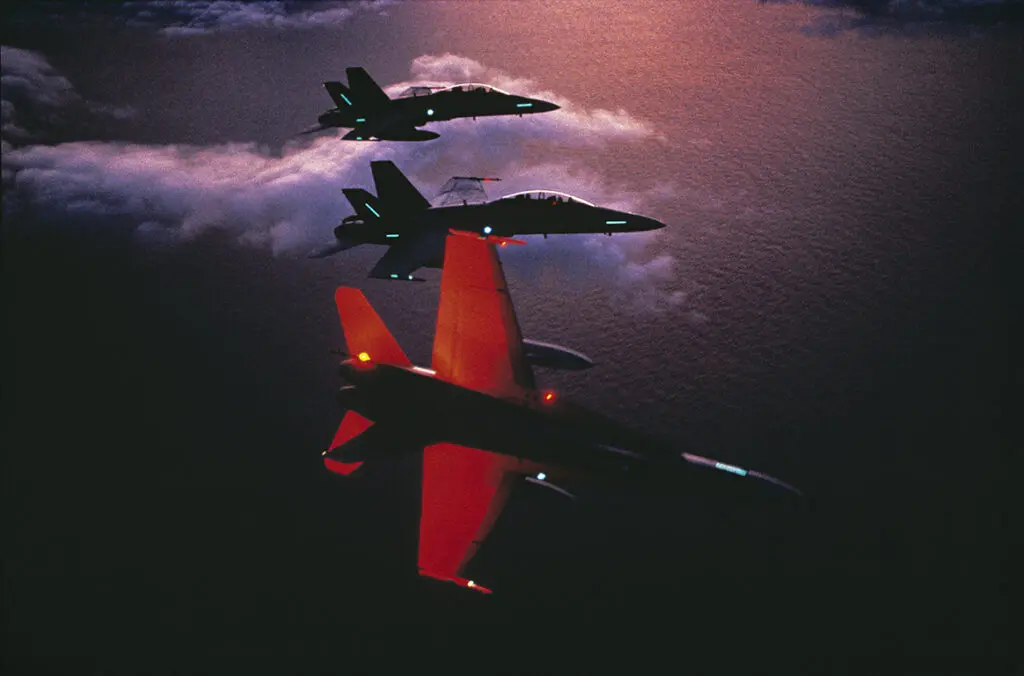George Apostolidis
BA Phot / Grand Master Phot AIPP FAIPP
With a successful global career spanning 3 decades, George Apostolidis is one of Australia’s leading commercial, advertising, corporate and industrial photographers. He has a stellar reputation and is known for his strong work ethic, professional integrity and technical skill. His work is distinctive for its flawless composition and precise lighting quality and has won him numerous prestigious awards.
George has effectively merged his extensive background with contemporary technology and themes. With his extensive experience as a foundation, he has eagerly embraced the latest advancements in photography, incorporating innovative and progressive elements into his creations. He has a sharp eye for capturing distinctive moments and uses the most up-to-date tools and techniques to bring his artistic visions to life.
Through his passion for photography and dedication to exploring new ideas, George continues to challenge the limits of the art form and remains a pioneer in the industry.

The start to mastery
George picked up his first camera – a Beirette 35mm viewfinder camera – on his 11th birthday. Until then, he had aspired to be a painter or an illustrator, but from the moment he saw his first print developed, he was infatuated with photography.
I would photograph something and then take it to the chemist and wait for the prints to come a week later.
At that point, George mainly took photos of his neighbourhood in Melbourne. He began saving all his pocket money from selling newspapers and at 13-years old, he bought a Pentax Spotmatic and turned his bedroom into a darkroom.
His keen interest in photography was nurtured at Princes Hill High School in Carlton where he spent countless hours in the dark room. He had very encouraging art teachers and on his second attempt at the HSC, he received 100% for his art folio, achieving automatic entry into RMIT in Photography. Here, he completed his 3-year Bachelor of Photography.
When I started working as an assistant, I could easily be working 60-hour weeks. But I loved it – I loved every bit of it. I was also lucky as Brian Brandt was a really generous person.
George’s first job in photography was as a photography assistant at Brian Brandt & Associates, a leading advertising studio in Australia, where there would be up to 7 photographers in the space working on both national and international accounts. The accounts varied from BHP and Carlton United to Ford Motor Company.
Today, he still has his Beirette 35mm viewfinder camera in its original packaging and box!
A career behind the lens
After 18 months as an assistant at Brian Brandt & Associates, George was encouraged to start his own freelance photography career. He had a strong interest in industrial photography, shooting subjects such as mining equipment, chains, files, rasps and hooks. He showed his folio to an agency called EG Holt where the art director gave him a box of hooks and files and rasps and said, “Take this and go and do something good with it!”. That George did and that was the start of a wonderful relationship and the beginnings of his professional work in industrial photography.
For the next 2 to 3 years, George worked as an industrial photographer, travelling around Australia shooting machinery and large industrial projects. George was eventually asked if he could apply the techniques with which he photographed still life to cosmetics. He took on this project and the images were very well-received by the industry, resulting in more photography work in still life and advertising and the first of his own international accounts.
Today, photographers specialise in one category. You are a car photographer or fashion photographer or food photographer or editorial photographer. Whereas when I started, you were a photographer and you shot everything from cars to kettles.
Advertising work slowly became more prevalent. George started working for media companies like Channel 7 as well as for tourism bodies such as Tourism Tasmania. One of the Channel 7 projects involved photographing the Sheraton Mirage in Queensland. Upon seeing these images, some advertising professionals in Hong Kong wanted to do a shoot for Cathay Pacific and it was around this point in 1989 that international destinations really took off – and so did George’s career as a photographer for luxury hotels and resorts.
By 1990, he had established a strong relationship with The Mandarin Oriental Hotel Group and has been their corporate photographer ever since. He spends 6 to 8 months of the year photographing for Mandarin Oriental hotels and resorts and Crown Resorts’ 5-star hotels throughout Australia, Asia, Europe, Africa, the Middle East and the Americas. This sees him photographing not only extravagant suites and architecture, but also food, still life and people, in order to portray the entire experience.
Though he has successfully branched out to other photography disciplines, George has always remained close to industry. He has been contracted to document multibillion-dollar joint ventures such as Eastlink, Sugarloaf Pipeline, and the Victorian Desalination Project, which was a 5-year undertaking.
A front-row seat to monumental moments
The most exciting and probably stressful job of my life was shooting the new F-18 jets that Australia bought from America.
Throughout his career, George has captured many historically and culturally significant events. In the early 80s, while working for Telstra, George photographed the first mobile phone to be released in Australia and then in 1988, he was commissioned by the military to photograph 3 new trainer F-18 Hornets, air to air and on the ground.
Strapped to a Hercules C-130 transport plane with the doors open, while flying above Richmond, NSW, George created stills of the Hornets, while a TV shoot was filmed at the same time. The results of this shoot solidified his folio and were so impressive that they landed George multiple jobs afterwards.
Today, when not globetrotting for his photography work, George spends a lot of time outdoors, either playing golf or walking and photographing wildlife.
Awards and achievements
Or in George’s words, “a good amount of kudos.”
Amongst his many achievements include the APPA Australian Professional Photographer as well as Commercial, Industrial and Advertising Photographer of the year, Winner of the Architecture Category in The World’s Best Black & White Photography Spider Awards and a regular inclusion in Luzer’s Archive 200 Best Ad Photographers Worldwide.



